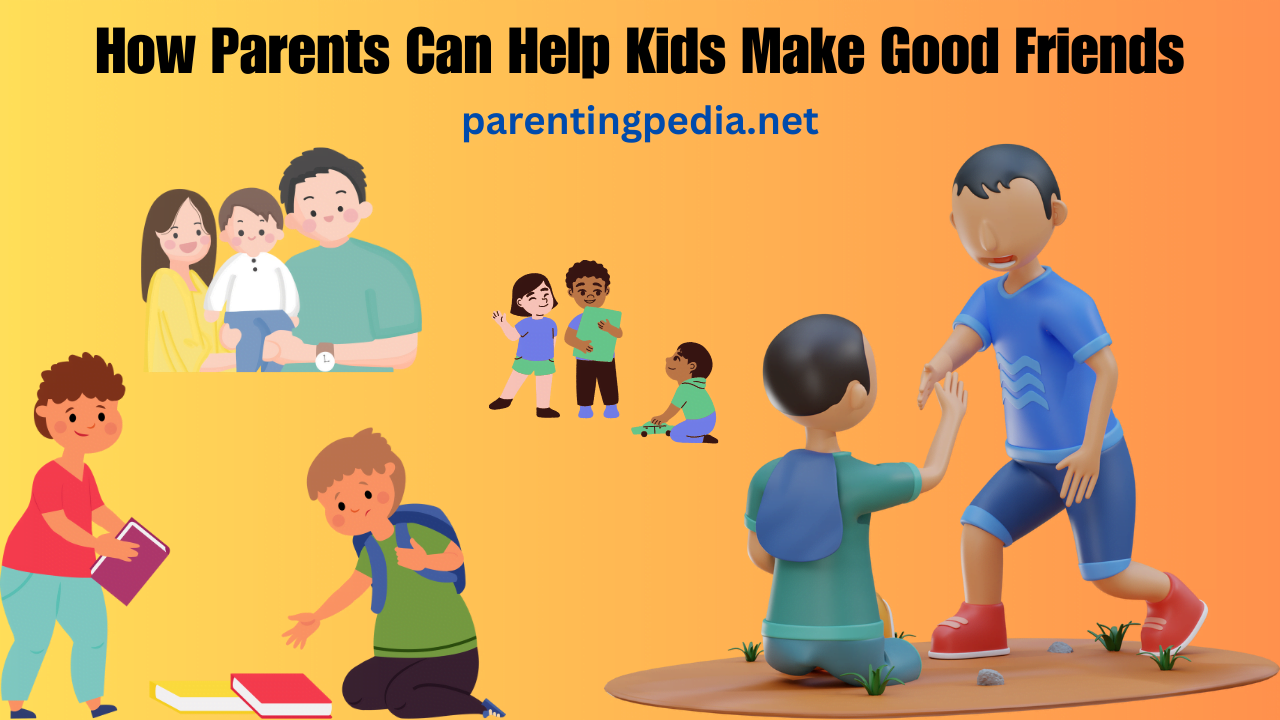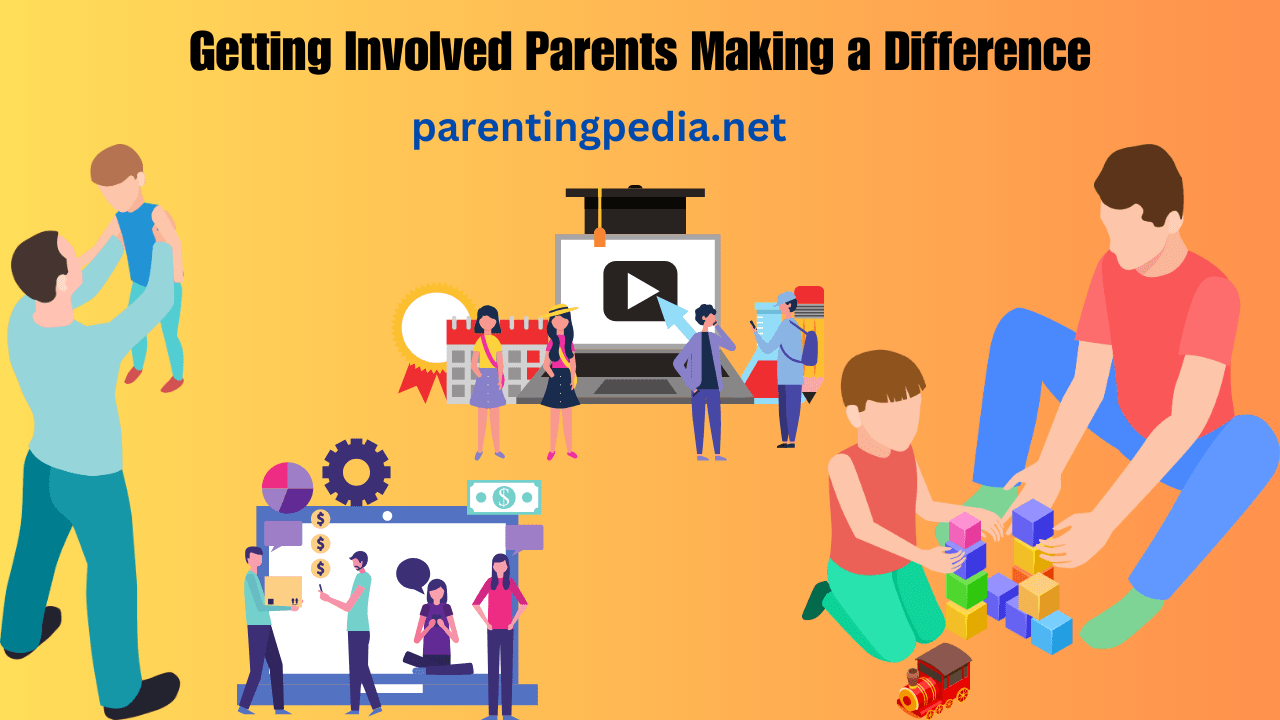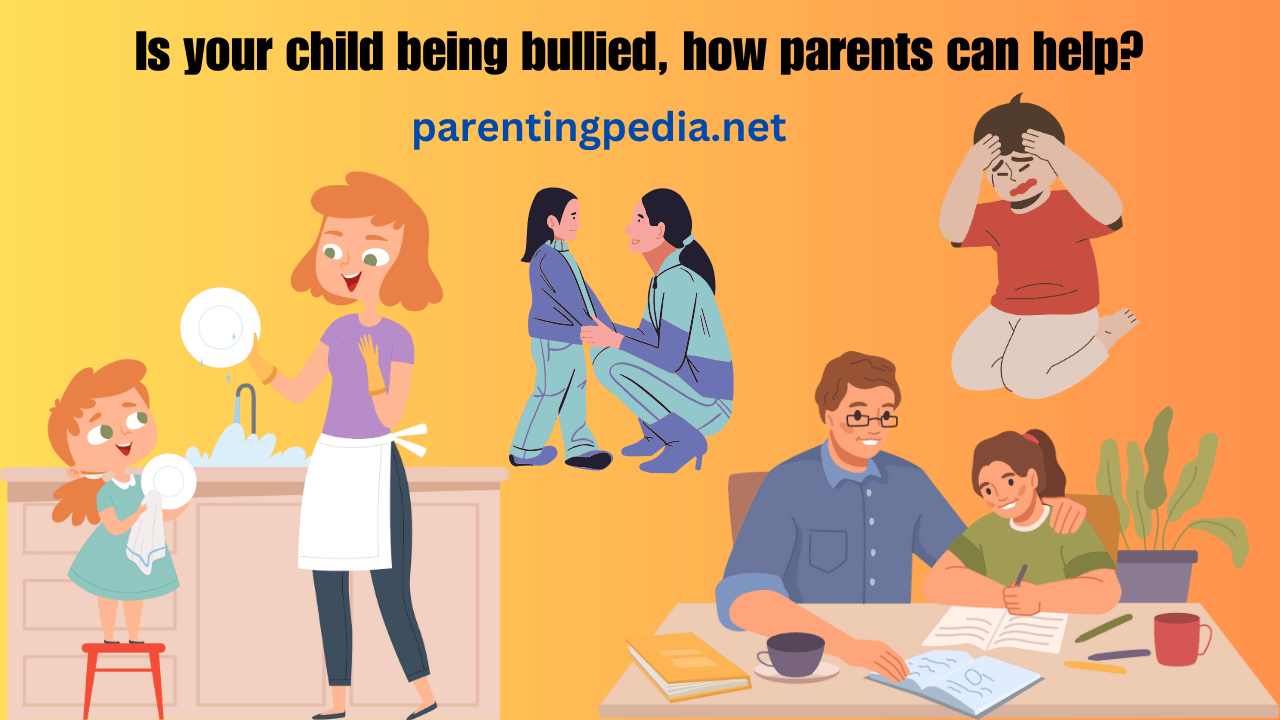In today’s fast-paced world, it’s not uncommon for teenagers to skip breakfast. But is it really a big deal? Discover the reasons why teenagers skip breakfast and learn about the importance of a balanced morning meal for their overall health and well-being.
After all, they can just grab a snack on the way to school or during lunch, right? Well, not so fast. Breakfast is often touted as the most important meal of the day, and for good reason.
It provides the necessary fuel to kickstart the day, both mentally and physically. In this blog post, we’ll explore the five compelling reasons why your teen might be skipping breakfast, and why it’s essential to encourage them to make breakfast a daily habit.
1. Busy Mornings and Time Constraints
Teenagers are notoriously late risers. Combine that with the rush to get ready for school, and you have a recipe for breakfast skipping. Many teens find themselves hitting the snooze button repeatedly, leaving little time to prepare and consume a healthy breakfast at home. In their haste to make it to school on time, they may grab a quick snack or even worse, skip breakfast altogether.
Here are the pros and cons of encouraging your teen to eat breakfast regularly:
Pros:
- Improved Cognitive Function: Eating breakfast can enhance your kid’s cognitive function, helping them concentrate better in school and perform well on tests.
- Better Mood and Behavior: A nutritious breakfast can stabilize blood sugar levels, reducing mood swings and behavioral issues in kids.
- Sustained Energy: Breakfast provides the necessary energy to kickstart the day and helps teens stay alert and active throughout the morning.
- Nutrient Intake: A balanced breakfast ensures your teen gets essential nutrients like vitamins, minerals, and fiber, which are vital for growth and development.
- Healthy Weight Management: Eating breakfast can help regulate appetite, potentially reducing overeating later in the day and contributing to healthy weight management.
- Positive Family Bonding: Preparing and enjoying breakfast together can foster family bonding and communication.
- Social Opportunities: Encouraging your teen to have breakfast with friends can promote social interaction and strengthen friendships.
- Access to School Breakfast Programs: School breakfast programs offer convenient and nutritious options, ensuring that your teen has access to a healthy meal even if they skip breakfast at home.
Cons:
- Time Constraints: Busy morning schedules can make it challenging for kids to find time to prepare and eat breakfast at home.
- Lack of Interest in Breakfast Foods: Some teens may not enjoy traditional breakfast foods, leading them to skip the meal.
- Weight Concerns: Teens may skip breakfast to control their weight, which can lead to unhealthy eating habits and potential health risks.
- Peer Influence: If your teen’s friends skip breakfast, they may feel pressured to do the same, even if it’s not in their best interest.
- School Breakfast Perceptions: Some kids may perceive school breakfast programs as inconvenient or uncool, discouraging them from taking advantage of these options.
- Resistance to Change: Encouraging kids to change their breakfast habits may meet resistance and require patience and persistence.
FAQs
Q: How can I help my teen manage their morning schedule better? A: Encourage them to set an alarm for an earlier time, prepare breakfast items the night before, or opt for quick and portable breakfast options.
Q: Are there any quick breakfast ideas for busy mornings? A: Yes, consider options like yogurt with granola, a banana, or a breakfast smoothie that can be prepared in minutes.
2. Lack of Interest in Breakfast Foods
Not all teens are breakfast enthusiasts. Some may simply not enjoy typical breakfast foods like cereal, eggs, or oatmeal. When kids don’t like what’s on the breakfast menu, they’re more likely to skip the meal altogether.
FAQs
Q: How can I make breakfast more appealing to my teen? A: Get creative with breakfast options. Try offering a variety of foods like whole-grain toast with avocado, peanut butter, and banana sandwiches, or even leftover pizza from the night before.
Q: Should I force my teen to eat breakfast even if they don’t like it? A: It’s generally better to find breakfast options they enjoy rather than forcing them to eat something they dislike.
3. Concerns About Weight and Body Image
In a society that often places a significant emphasis on appearance, some teenagers may skip breakfast as a way to control their weight or as part of a diet plan. They might believe that skipping a meal will help them shed a few pounds, but this can lead to negative health consequences.
FAQs
Q: How can I address my teen’s concerns about weight without promoting unhealthy habits? A: Emphasize the importance of a balanced breakfast for energy and overall well-being. Encourage open conversations about body image and healthy eating.
Q: Should I be worried if my teen is skipping breakfast for weight-related reasons? A: Yes, it’s essential to discuss these concerns with your kids and potentially seek advice from a healthcare professional.
4. Peer Influence and Social Dynamics
Teens are highly influenced by their peers. If their friends skip breakfast, they may feel inclined to do the same. Additionally, eating breakfast at school may not be as appealing to some teens if they perceive it as uncool or inconvenient.
FAQs
Q: How can I encourage my teen to make healthier choices, even if their friends don’t? A: Educate your teen about the benefits of breakfast and the potential consequences of skipping it. Encourage them to make independent choices based on their well-being.
Q: Are there social benefits to eating breakfast with friends? A: Yes, having breakfast with friends can be a positive social experience. Encourage your teen to invite friends over for breakfast at home occasionally.
5. Early Morning Routine and School Breakfast
Some teens may have access to school breakfast programs, but they might not take advantage of them due to various reasons. These programs are designed to provide students with nutritious breakfast options, but teens may not find the time or desire to eat at school.
FAQs
Q: Are school breakfast programs beneficial for students? A: Yes, these programs can play a crucial role in ensuring that students receive a nutritious breakfast. They can also save time for families with busy mornings.
Q: How can I motivate my teen to eat breakfast at school? A: Discuss the benefits of school breakfast programs with your teen. You can also explore the menu options with them to find items they enjoy.
Conclusion:
In conclusion, breakfast is indeed the most important meal of the day, especially for kids who are going through a period of rapid growth and development. It’s essential to understand the reasons behind breakfast skipping and address them with compassion and knowledge. By helping your kids establish a habit of consuming a healthy breakfast daily, you can contribute to their overall well-being and set them up for success in school and beyond.
Encourage open communication, explore breakfast options together, and prioritize the importance of breakfast in your family. Your teen may resist change initially, but with time and persistence, they can develop a habit that benefits them throughout their lives. Remember, it’s not just about what they eat for breakfast; it’s about nourishing their bodies and minds for a brighter future.
Remember, the greatest reward of parenting lies in watching
your children soar with love and confidence.
Till then keep smiling and be happy 😊
Worth Reading 👇
- Finding Balance Becoming a Screen Smart Family
- Best of the web when you’re teen asks for non-alcoholic beer and more
- Choosing the Best Musical Instrument for Children to Learn
- When Life Sucks: A Conversation with Psychiatrist and Comedian Dr. Jo Prendergast
- Getting kids to talk about their feelings
- The case for banning corporal punishment of kids
- How Parents Can Help Kids Make Good Friends
- Why meditation should be taught in schools
- how to be a best and fairest sporting parent from nathan burke
- Is your child being bullied, how parents can help?
- Taking care of emotions a guide for parents and their kids
- Getting Involved Parents Making a Difference
- How to manage your child’s self-criticism










